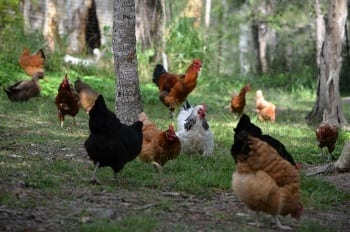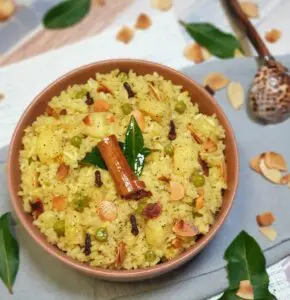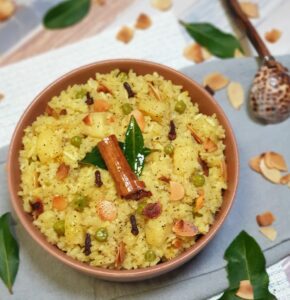When I initially decided to investigate getting chickens the very first question that came into my mind was how easy are chickens to keep? At the time I had two cats and a dog, which were fairly high maintenance and I wondered if I had the time to add several more animals to my day.
As usual, I thoroughly researched the subject of keeping chickens through shows, internet, books, and magazines to find out how to house, feed, and care for the birds. Also, I needed to know what costs were involved and whether keeping our own chickens would actually save money in the long term instead of buying eggs and what were the other benefits in keeping chickens?
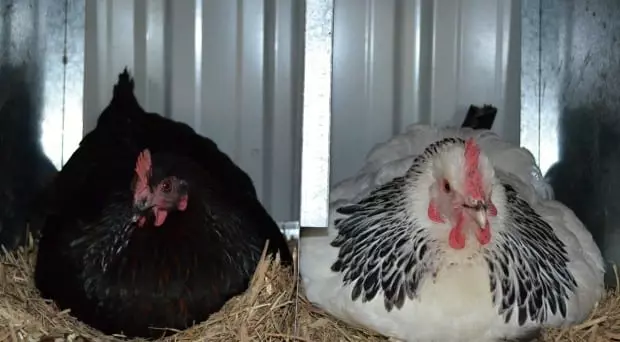
Black Australorp and Light Sussex hens nesting (image above)
Obviously, I found answers to all my questions and the verdict fell towards a “thumbs-up” to getting chickens. However, getting and keeping chickens does require research and some know-how; I have had to seek answers, solve problems (mostlty my own way) about things I hadn't thought of in the beginning. Hopefully, in this article I can share some of my experiences and help others considering keeping chickens to be better advised on the best way to go about it.
A Basic Set-up
Starting small is usually the best advice for many adventures in life and chickens are no exception. If after having a few chooks you find they're not for you, it's easy to sell or give them away and your cost outlay will be minimal.
The six requirements for a basic set-up are:
-
Chickens – minimum of two, if possible, as they are a flock bird and like company;
-
Housing – any structure static or mobile safe from predators with a dry place to roost and a nesting area (some straw or sugar cane mulch for the nest);
-
Pen – an enclosure a few metres square for two chickens to scratch around or if the chicken house is mobile then potentially this is all that's required as the pen is part of the house;
-
Drinker – holding at least 1 litre of fresh water for access at all times;
-
Feeder – holding at least 1 kg of layer mash, pellets, or mixture of both for access at all times (article about feeders here); and
- Welfare Products – Mite dust and a worming solution are easy to buy and administer but there can be withholding peiods before eating eggs and other precautions required to be taken when using these products.
I will eloborate more on the above six requirements further in this article; but essentially, for this basic set-up there will be a need to check the feeder and drinker daily to top-up or change, which isn't really too much of a burden as you likely will visit your chickens daily to check for eggs anyway. More advanced drinker and feeder examples are in the article links detailed above.

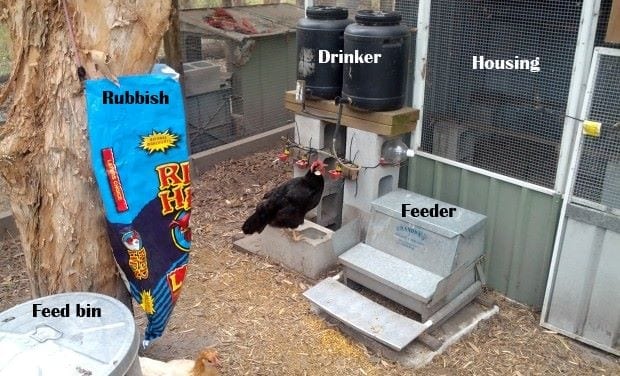
An advanced backyard feeding and drinking station (above image)
Cost
The approximate cost for a basic set-up should be between $200 – $600 and (depending on your budget and how much you DIY) the breakdown is as follows:
-
Chickens – 2 x chickens @ $16 = $32;
-
House – $200 to $500 (depending on materials and make eg mobile tractor will cost closer to $500 and home built or static will be less my chicken shed is a good option and you can purchase the same type from eBay here);
-
Pen – $50 to $200 (unless already incorporated in the house as part of a mobile);
-
Drinker and feeders (standard) – $10 to $15 each; and
-
Mite dust and worming solution (12 months) – $26.
As you can see the set-up costs for a couple of chickens aren’t too bad. Compared to people buying and keeping bunnies, guinea pigs, cats, dogs, and many other animals, chickens are very similar as far as pets go plus you're blessed with an egg everyday (well most days).
Chicken feed – Ongoing costs to keep a few chooks is certainly better value than some other pets. A large bag of layer pellets (20 kilos or 44 pounds), which is a complete food for chickens, costs around $13 – $21 and should last at least 4 – 6 weeks meaning the cost to maintain your birds is pretty minimal. More on the cost justification later (in part 2), but I'd like to elaborate on the six requirements for keeping chickens next.
Chickens (I'm talking about layer hens primarily) are fantastic animals to keep. They are clever, adaptive, learn things, and in time get to know and trust you. In fact, they can get so tame it becomes a nuisance at times because they have a habit of getting in the way just when you don't want them around. Often, I have had to round up the chickens and shut them in the pen just so I could get some work done. And, they are smart enough to know when you are going to shut them away… then they go from tame to bloody hard to catch!
Chickens are greedy animals and they always think you have something better to give them each time you visit. They watch your hands like Indonesian monkeys and will follow and hassle you until they know for sure you have nothing more to give.
Chickens are usually quiet unless they're in a fight, get attacked or stalked by something, or laying an egg. On all of these occasions they can be fairly noisy but they generally never hurt each other when sorting the “pecking order,” if a predator is around or attacking you want to know anyway, and the egg laying cluckery only lasts 30 seconds or so.
Chickens can be destructive. If you think dogs only dig holes then you'll be in for a shock when you see what a chicken can do to a patch of soil – it surprised me greatly the first time I saw it. Chooks like to scratch (we know that) but they also like to dust bath and to do the dusting they sit on the ground and dig away throwing dirt until there's a hole as big as themselves. A few chickens shouldn't make too much mess but several can turn quite a large grassed area into a moonscape if you let them.
Also, if you have an ornamental garden or vegetable patch it might be a good idea to keep the chickens away as they can quickly make a mess of loose soil and will be in heaven eating your smorgasbord of fresh vegetables.
Housing
Housing your chickens depends on your budget, the method you use, number of chickens, and where you live.

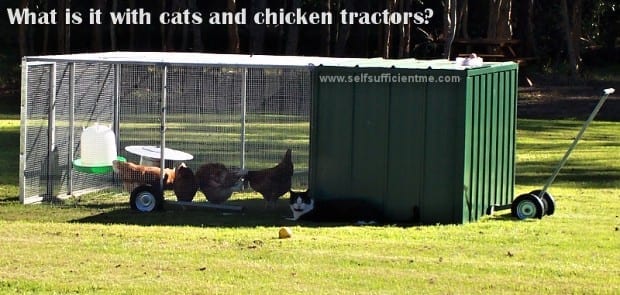
Chicken tractors or mobile pens like the one above can be an excellent way to keep hens.
Budget – If money is no barrier, then there are plenty of new fancy pre-made chicken coops on the market that come either assembled or flat-packed for DIY. You can get them to match your home, look like little houses themselves, and incorporate them with technology like automatic doors, heaters and coolers. Alternatively, some chicken wire mesh for a run and a DIY shelter made from recycled materials will do just as good of a job as long as the chickens can shelter comfortably from the elements, have a dry place to roost for the night and a private little place to lay, they will be happily clucking away without a worry.
Methods – There are two main methods to house chickens for the average household and that's static or mobile. Both methods have merits and it really depends on what you prefer. A static hen house and run can be built in a convenient part of your yard (usually away from the house).
Sighting is important and the area selected should be a moderate one, that is, not too shady where the chickens never see the sun and not too hot where they can't escape the heat. If an open site is all you have then more effort is required to be placed into the chook house to artificially provide some escape from the sun. Just the same, if the chickens can only be housed in full shade then try to provide a run that gets some sun or let them out of the pen once a while to a sunny part of your yard – this will help with egg production and keep them healthy.
A mobile pen or chicken tractor, as the name suggests, can be moved around your yard by either lifting or rolling on wheels. Mobile pens are usually designed to keep the chickens permanently inside, however, you can let the chickens out occasionally for a good walk around if you like. If you're worried about rounding the chooks up after, just time the outing in the afternoon because the chickens will put themselves to bed once it starts getting dark then all you have to do is shut the door when the last one goes in.
It's good practice to move the pen daily to a new patch of grass and you will find your lawn will flourish never needing any extra fertiliser again.
Number of chickens – If you only have a few birds then what has been described already to house them is appropriate. However, if you have more or decide to expand your flock you'll need to ensure there is enough space to house them. I believe 1 x m2 (10 square foot) per bird is good but some people are happy with less than that. The bottom line – try to give as much space to your flock as possible and this will help with managing, manure waste, landscape defoliation, space competition, and overall happiness of the birds.
Where you live – Where you live is a factor in housing chickens. For a start, local governments have rules determining how many chickens (including and especially roosters) you are allowed to keep in certain localities – so it's necessary to check. Going without saying, the size and type of property will largely influence the chicken house too.
Also, your locality can determine the predator threat to your flock. For example, if you live in suburbia on a standard size block fully fenced and secure your coop may need less security. However, if you live outer-suburbia or on an unfenced block the coop may need to have extra security measures like a predator proof floor, dug-in wire fencing, fully enclosed pen, snake proof mesh etc.
Pens
As already stated, an area for chickens to roam is important not only to be safe from predators but to keep them happy and healthy – keeping chickens in our backyards should be incomparable to commercial farming. Our chickens should be kept like pets not “egg machines,” so with that thought in mind you can't really go wrong when deciding on the welfare of your birds.
Furthermore, when chickens are allowed to roam and scratch, they eat all sorts of micro nutrients, which help keep them healthy and laying nutritious eggs. They also swallow small stones acting like teeth to grind up the food they consume. 
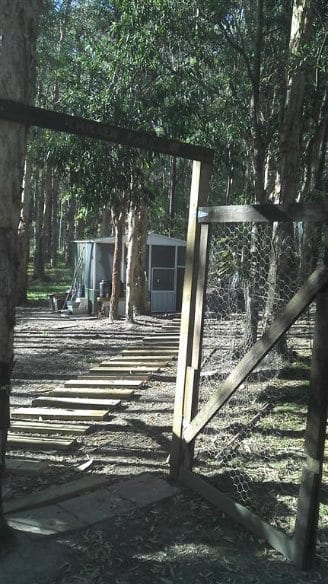
If a good sized static pen is not possible, then temporary fencing can be an excellent alternative. A temporary pen can be made from many different materials like: chicken wire, dog fencing, barriers or plastic mesh (which is light and easy to roll up when done). Chickens won't deliberately dig under fencing or even nudge under; just ensure the fencing is at least 6 feet (183cms) high or the chooks will likely fly over.
Another way to pen chickens if you have plenty of space is to have a secure pen within an outer-pen. The inner-pen is totally secure from predators, still large enough for the chickens to happily roam and includes the hen house. And, the outer-pen is either temporary or less secure giving the chickens access to a better grazing/foraging area but only when you allow. The outer-fencing will still hold back predators, like dogs, initially or at least you'll have time to notice a threat probing the perimeter and take action. The main benefits of the two pens are:
-
cost effectiveness – you can have a larger area for your flock to roam without the added cost of making the whole fence line predator proof;
-
convenience – if you need to go away for a few days or you're working you know the chickens will be safe in the inner-pen and still be able to happily roam;
-
less defoliation – access to the outer-pen is regulated so it's able to re-generate; and
-
extra happy chooks – even though the chickens will have an adequate inner-pen they'll still absolutely love to go on daily excursions to the outer and you'll see them jostling to be the first out and the first to get that fat grub.
Drinkers

A constant fresh supply of water is essential for the health of chickens. The process of creating and laying eggs daily takes a significant amount of energy and plenty of water especially if the conditions are dry and hot.
There are many drinkers for poultry on the market and if you're good at DIY you can make your own ingenious devices. Most drinkers for pullets (young hens) and adult chickens are built to make it easy for the bird to drink and at the same time limit the container from quickly becoming contaminated with manure or dirt. 
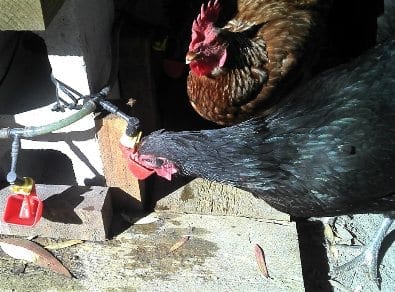
Therefore, it is best to have the drinking lip of the container just above “bum height,” for obvious reasons, and this is usually done by hanging the vessel about 30cm/11inch off the ground. If the chickens can easily stand or roost on the container they'll just dirty it.
For a few chickens (even 4 or 5) manually changing or filling the water container isn't too much of a hassle. However, for larger flocks you may want to install a larger drinking system to save you constantly re-filling or worrying about the water running out. Automatic drinkers also come in various shapes and sizes from containers to nipples to cups and can be attached to either a large water source like a larger container or tank or even hooked-up to a mains supply (usually with a pressure reducer incorporated in the system).
Smaller automatic drinkers are pretty easy to DIY and can make daily maintenance less of a chore. If you decide to install a larger water container, I would recommend to cover it or obtain a dark coloured container to limit the growth of slime inside and try to place it in a shaded area.

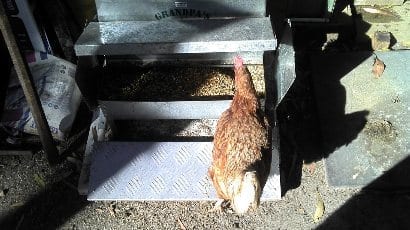
Just like drinking, chickens need a constant supply of food to maintain the constant energy needs due to movement and egg production. The main types of food fed to layers are: grains – either whole or mashed, pellets or crumbles, or a mixture of all. Usually, all layer food sold by good hobby farm stockists are clearly labelled; however, make sure you do not buy chicken feed that is medicated otherwise you can't eat the eggs. Medicated feed is usually only given to growing chicks to ward off disease and infection.
Also, feel free to supplement your hens diet with food scraps but stay away from feeding them animal products, food high in salt, or scraps that are rotting and spoilt.
The intestine of a chicken is only short so a hen processes her food quickly – in one end and out the other (as my mother says). Therefore, chickens are nearly always on the hunt for food and if scratchings are limited they will fall-back on the food you supply.
Feeders also come in all shapes and sizes from round containers to troughs and the principles are the same as drinkers; that is, try to keep the feeder from becoming a perch or getting dirty.
You can get automatic feeders too. Grandpa's Feeders (made in New Zealand) are a great invention with the larger feeder holding about 18kg or 39 pounds of feed. The chickens need to be taught over a few weeks on how to use the feeder but essentially the chicken stands on a pressure plate, which in turn opens the feeder lid allowing the bird to peck away. Once the hen has finished eating she walks away and the feeder lid shuts preventing wild birds or rodents from getting to the feed – why should we feed the wildlife!
Mite and worming products
Not a lot goes wrong with chickens and as long as you look after them they are not high maintenance at all.
Chickens benefit from a good mite dusting and worming just like the family dog does – there's no difference (except you don't normally pick the family dog up by the feet, turn it upside down, and dust it for fleas). Although, that's precisely what you do to a chicken to dust for mites.
Depending on mites and lice in your area, you will likely dust your chickens about every 3-6 months. The mite dust is available from your pet shop or hobby farm stockist. When you are ready to dust your chicken gently but firmly hold her by her feet and turn the chook upside down. You will find that the hen will flap like mad for a few seconds and then she'll be stuffed with wings held open resigned to her dusting. Sprinkle the dust under her wings and around the tummy and vent and rub it in a little then turn the chicken upright and sprinkle a little on top and rub it gently in also. Then leave her go and good luck in catching the next one after she just saw what her friend just went through.
An easier way to do a larger number of hens is to wait until dark then go to the pen (with a torch) and you'll find them all sitting there nice and still – you can then grab'em one by one and do the dusting. Chickens have excellent eyesight by day but they can't see jack at night and that's why they tend to perch petrified until daybreak. It's a good idea to dust around the nesting areas and perches also.
Worming or both
With respect to worming, there are several worming products on the market for chickens and this is just a matter of measuring the correct amount to give the correct way (with food or water) and administrating the dosage at the recommended intervals throughout the year. Some products can do both mite, lice and worming all in one like certain products, for example, containing ivermectin. This method of parasite control is certainly convenient with one dose doing all nasties for up to 3 months but there is usually a recommended withholding period before the eggs can be eaten of several days or more and that needs to be taken into consideration.
Eggs
One of the major reasons people keep chickens is for the eggs. Depending on the environmental conditions and the breed of chicken you can usually get between 200 – 300 eggs per year from a single bird. In some climates with cold winters chickens may stop laying and then start again once the weather starts to warm up. 
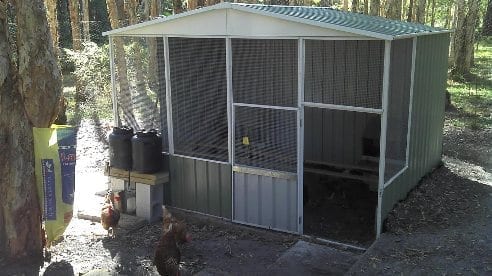
The problem some people have with egg collection at home is keeping the eggs clean from dirt and manure. In a conventional nest with straw, hens will usually do what they can to keep the eggs clean but sometimes they stand on the eggs with dirty feet or poop in the nest and the egg touches the poop. Often the eggs don't get too soiled and the mess can be rubbed or sandpapered off; however, if the egg is too soiled you may need to discard it (or give it to the dog).
Don't try washing the eggs with water as this may just push dirt and bacteria through the egg shell as egg shells are porous. There are special techniques to washing and sanitising dirty eggs but for the average backyard chicken keeper the equipment and chemicals are unnecessary – I think.
Roll-away nesting boxes do help keep eggs clean and unbroken. The egg rolls from the nest into a collection area away from the birds so it minimises the chances of the egg getting dirty. Nevertheless, regular changing of the nesting material and cleaning out the nesting boxes will also help. So to is regular collection of the eggs rather than leaving the eggs to sit all day.
Nesting boxes using the collection area for eggs to roll into may also help prevent hens from eating the eggs. Although, hens don't usually eat the eggs without reason like an accidental break and that's purely natural. If you do have an “egg eater” roll-away nesting boxes may do the trick or you might have to turn the “egg eater” into dinner.
Manure
Manure gets a lot of bad wraps – stinky, it's messy, and dirty eggs…yada-yada. Well don't think of it that way, rather, go into your gardening or major hardware store and checkout the price of chicken pellet fertilisers. Keeping your own chickens not only generates eggs but they provide you with free nutrient rich fertiliser for your garden. A rake, wheelbarrow, and scoop is all you require to collect this garden food so don't despair next time you see a pile under where the girls roost.
Cost Justification
Speaking of money, let's finish with does the cost of keeping chickens really save dollars? If you're an accountant and factor in the cost of building the coop, the run, buying the chickens and other set-up costs well I guess it will take awhile to get your money back. However, if you're a tax minimalist person you might write-off the initial expenses and only count the ongoing costs of feed, water, mite dust and worming then take away the small change you get from selling the odd dozen to your work colleagues. In that case, if you like your eggs you'll be saving money by making your own free range eggs instead of buying battery eggs from the supermarket (sold as free range) – congratulations!
Not to mention, making a hen happy by being a pet, educating children and yourself, knowing what's in your eggs, fertilising your garden for free and being witness to one of natures true miracles and greatest creatures…the humble chook.
If you have an opinion about this article feel free to leave a comment below. Also, questions or conversations can be posted in our forum.


